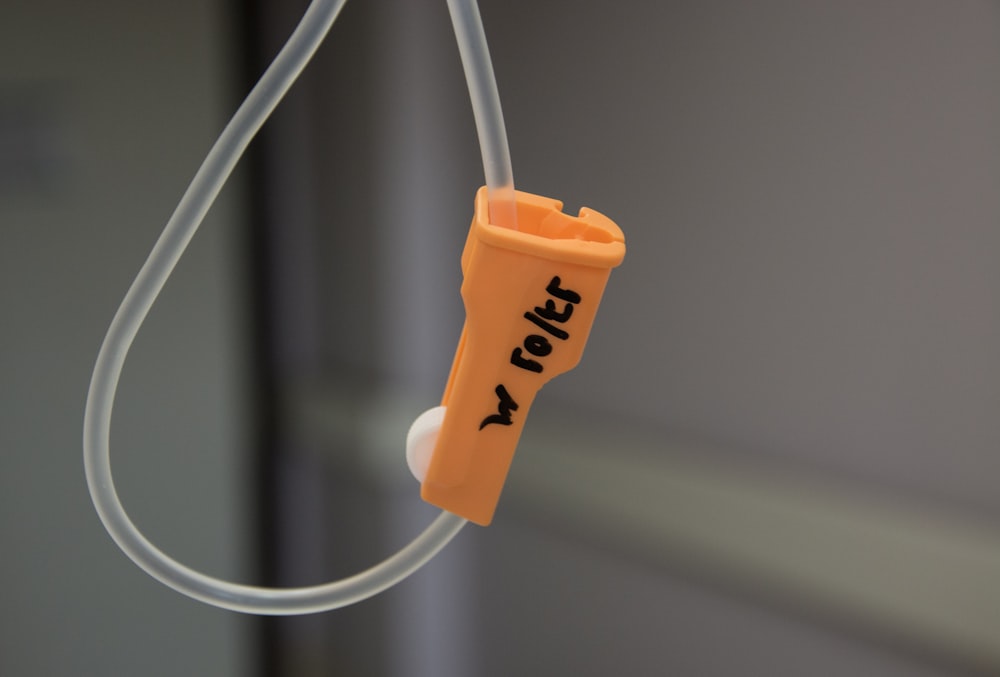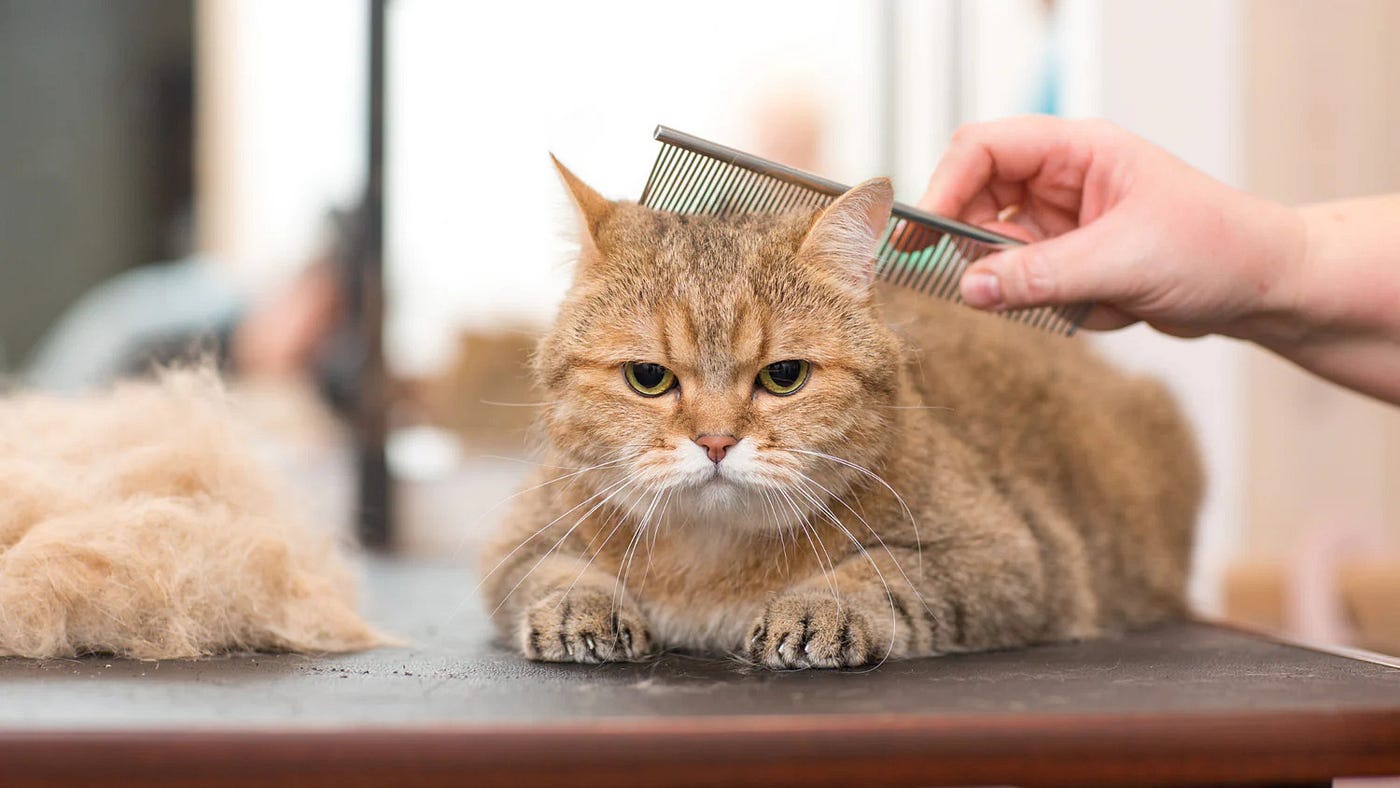Raising Well-Balanced Dogs Essential Parenting Tips
Understanding Your Dog’s Needs
As a dog owner, it’s essential to recognize that your furry friend has unique needs and requirements. Understanding these needs is the first step towards raising a well-balanced dog. Dogs thrive on structure, routine, and social interaction. They require adequate exercise, mental stimulation, and affection to lead fulfilling lives. By catering to these needs, you can lay the foundation for a happy and well-adjusted canine companion.
Establishing Clear Boundaries
Setting clear boundaries is crucial for raising a well-balanced dog. Dogs thrive when they know their place within the family hierarchy and understand what is expected of them. Establish rules and routines early on, and be consistent in enforcing them. This provides your dog with a sense of security and helps prevent confusion and behavioral issues down the line. Remember to reward good behavior and gently correct unwanted behaviors to reinforce boundaries effectively.
Socialization and Exposure
Socialization is key to raising a well-balanced dog. Exposing your dog to various people, animals, environments, and stimuli from a young age helps them develop confidence and adaptability. It teaches them how to interact positively with others and reduces the likelihood of fear or aggression towards unfamiliar situations. Gradually introduce your dog to new experiences in a controlled and positive manner, ensuring they feel safe and supported throughout the process.
Consistent Training and Reinforcement
Consistent training is essential for shaping your dog’s behavior and fostering good habits. Use positive reinforcement techniques such as treats, praise, and toys to reward desired behaviors and encourage learning. Consistency is key; practice commands regularly and reinforce them in various situations to solidify your dog’s understanding. Be patient and persistent, and avoid resorting to punishment-based methods, as these can undermine trust and cause stress.
Physical and Mental Stimulation
Dogs are intelligent and active animals that require both physical and mental stimulation to thrive. Provide plenty of opportunities for exercise, such as daily walks, play sessions, and interactive games. Mental stimulation is equally important; engage your dog in training sessions, puzzle toys, and scent games to keep their minds sharp and engaged. A tired dog is a happy dog, so make sure to meet their needs for both physical and mental activity.
Nutrition and Health Care
Proper nutrition is essential for maintaining your dog’s overall health and well-being. Feed them a balanced diet that meets their nutritional needs based on factors such as age, size, and activity level. Ensure access to fresh water at all times, and monitor their weight and body condition regularly. Additionally, prioritize preventive healthcare, including vaccinations, regular vet check-ups, and parasite control, to keep your dog healthy and happy for years to come.
Building Trust and Communication
Building trust and communication is fundamental to your relationship with your dog. Spend quality time together, engage in bonding activities, and learn to understand your dog’s body language and vocal cues. Use positive reinforcement to strengthen the bond between you and your dog, and maintain open and clear communication through consistent training and interaction. Trust is the cornerstone of a well-balanced relationship, so nurture it with love, patience, and understanding.
Adaptability and Flexibility
Every dog is unique, and what works for one may not work for another. Stay adaptable and flexible in your approach to dog parenting, and be prepared to adjust your strategies based on your dog’s individual personality, needs, and preferences. Pay attention to their cues and feedback, and be willing to try new things to find what works best for them. Remember, raising a well-balanced dog is an ongoing journey that requires patience, dedication, and a willingness to grow together. Read more about dog parenting tips












 We at pet business world offer world-class pet shop advice that will be extremely helpful if you want to open your own pet shop. Since opening a pet shop can be a really rewarding experience, you will certainly want to open it in a way that you make huge profits from it. Several decisions will have to be taken before you decide to set up your own shop. The first thing you will require is handling licensing and city ordinance matters. You will need advice on selecting the livestock, ordering the wracks for them, keeping them in suitable conditions, preparing for the emergency situations, and the adequate food for the various varieties of the pets. We at Pet business world have seasoned professionals who specialize in providing such vital information and pet shop advice that will be helpful in not just setting up your shop but also for making it highly successful. Our experts are familiar with the British council laws for keeping the pets; whereas our website lists details about various pet suppliers from where you can buy the pets at really reasonable rates. Register with us and seek our professional services for a successful establishment of pet business.
We at pet business world offer world-class pet shop advice that will be extremely helpful if you want to open your own pet shop. Since opening a pet shop can be a really rewarding experience, you will certainly want to open it in a way that you make huge profits from it. Several decisions will have to be taken before you decide to set up your own shop. The first thing you will require is handling licensing and city ordinance matters. You will need advice on selecting the livestock, ordering the wracks for them, keeping them in suitable conditions, preparing for the emergency situations, and the adequate food for the various varieties of the pets. We at Pet business world have seasoned professionals who specialize in providing such vital information and pet shop advice that will be helpful in not just setting up your shop but also for making it highly successful. Our experts are familiar with the British council laws for keeping the pets; whereas our website lists details about various pet suppliers from where you can buy the pets at really reasonable rates. Register with us and seek our professional services for a successful establishment of pet business.  If you live in a damp climate, chances are your pet, house and lawn have fleas. Fleas are the toughest parasite to get rid of and it takes a little work. Fleas are worse in the summer months, but they still hang around in the cooler months. Cats and dogs are warm-blooded animals, so fleas live in their skin to eat, breathe and make more fleas. If your pet has fleas, there are hundreds living on his skin.
If you live in a damp climate, chances are your pet, house and lawn have fleas. Fleas are the toughest parasite to get rid of and it takes a little work. Fleas are worse in the summer months, but they still hang around in the cooler months. Cats and dogs are warm-blooded animals, so fleas live in their skin to eat, breathe and make more fleas. If your pet has fleas, there are hundreds living on his skin. Having a new baby join your home is a change for everyone there. It is no different for pets that you have. Indoor pets are, especially, affected by the new bundle of joy. They may see a new baby as an intruder to their territory. There are some things you can do to get your cat ready to share the home with a new child.
Having a new baby join your home is a change for everyone there. It is no different for pets that you have. Indoor pets are, especially, affected by the new bundle of joy. They may see a new baby as an intruder to their territory. There are some things you can do to get your cat ready to share the home with a new child. Some of TV’s finest moments come from performances that don’t involve trained actors. TV documentaries fascinate many people. News and information shows also serve to “entertain” those who thirst for knowledge.
Some of TV’s finest moments come from performances that don’t involve trained actors. TV documentaries fascinate many people. News and information shows also serve to “entertain” those who thirst for knowledge. Oftentimes you will notice that your pet is apparently a little on the weighty side. Your pet might have become very lazy as well as a bit spoiled cuddled around the house all day. You would like your kitty to get a more appropriate weight so that you can have her or him around for a longer time enjoying your pet for more years. There are actually things that you can do with the obese cat to decrease some kilos.
Oftentimes you will notice that your pet is apparently a little on the weighty side. Your pet might have become very lazy as well as a bit spoiled cuddled around the house all day. You would like your kitty to get a more appropriate weight so that you can have her or him around for a longer time enjoying your pet for more years. There are actually things that you can do with the obese cat to decrease some kilos. As cats age and come in to that middle age period from around 7 � 8 years of age, it is important for owners to keep an eye out for symptoms that could indicate the beginnings of a disease or syndrome. Middle aged to older cats are very prone to developing diabetes, kidney disease, hyperthyroidism, arthritis and sometimes sadly, even cancer.
As cats age and come in to that middle age period from around 7 � 8 years of age, it is important for owners to keep an eye out for symptoms that could indicate the beginnings of a disease or syndrome. Middle aged to older cats are very prone to developing diabetes, kidney disease, hyperthyroidism, arthritis and sometimes sadly, even cancer.